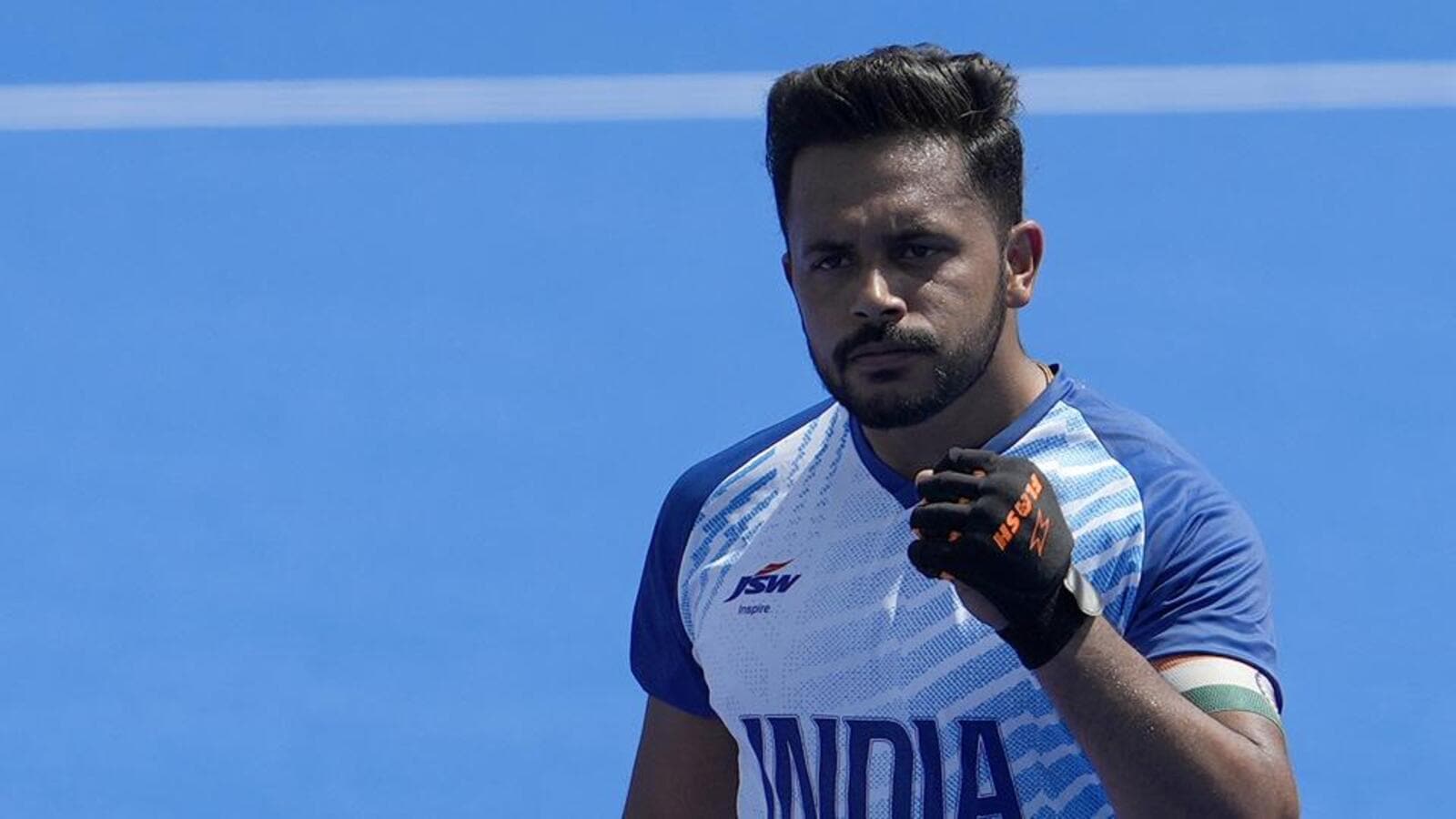 |
|
The Indian hockey team's performance at the Paris Olympics has been marked by a concerning trend: a low penalty corner (PC) conversion rate. While the team has managed to secure a respectable number of PC opportunities, their ability to translate those chances into goals has fallen short. This article delves into the reasons behind this concerning trend and explores the pressure faced by the team's star drag-flicker, Harmanpreet Singh.
Experts attribute the decline in PC conversion rates to a combination of factors, primarily the significant improvement in PC defense strategies. Defenders are now employing more aggressive tactics, utilizing advanced protective gear and employing faster rushes to disrupt the drag-flicker's timing and space. This has made it increasingly difficult for even the most skilled players to consistently find the back of the net from PC situations. The article highlights how this trend isn't unique to India, with top hockey nations like the Netherlands, Australia, and Belgium also struggling to convert their PCs at a high rate.
The article underscores the immense pressure on India's star drag-flicker, Harmanpreet Singh, who is entrusted with the responsibility of converting most of the team's PCs. While his skill and experience are undeniable, the weight of expectations is significant, especially considering the team's reliance on his abilities. Experts recognize that while India does have other drag-flickers like Amit Rohidas and Sanjay, they haven't yet reached the same level of consistency as Harmanpreet. While the article acknowledges that having other capable drag-flickers would alleviate pressure on Harmanpreet, it also points out that even top teams like Belgium, with multiple talented drag-flickers, are still struggling to maintain high conversion rates.
The article concludes by emphasizing the importance of PC conversion in determining the outcome of crucial matches. Despite the challenges posed by improved PC defense, the drag-flick remains a decisive weapon in hockey. Harmanpreet's ability to rise to the occasion and execute his skills under pressure will be critical to India's success at the Olympics. The article underscores that Harmanpreet's confidence and the team's belief in him are key to overcoming the challenges and improving their PC conversion rate.
Despite the current struggles, the article suggests a positive outlook for India's hockey team. With a focused approach and continued practice, Harmanpreet and the team can refine their PC strategy and improve their conversion rate. The team's performance against top teams like Belgium and Australia will be crucial in showcasing their growth and potential to achieve their goals at the Olympics.
